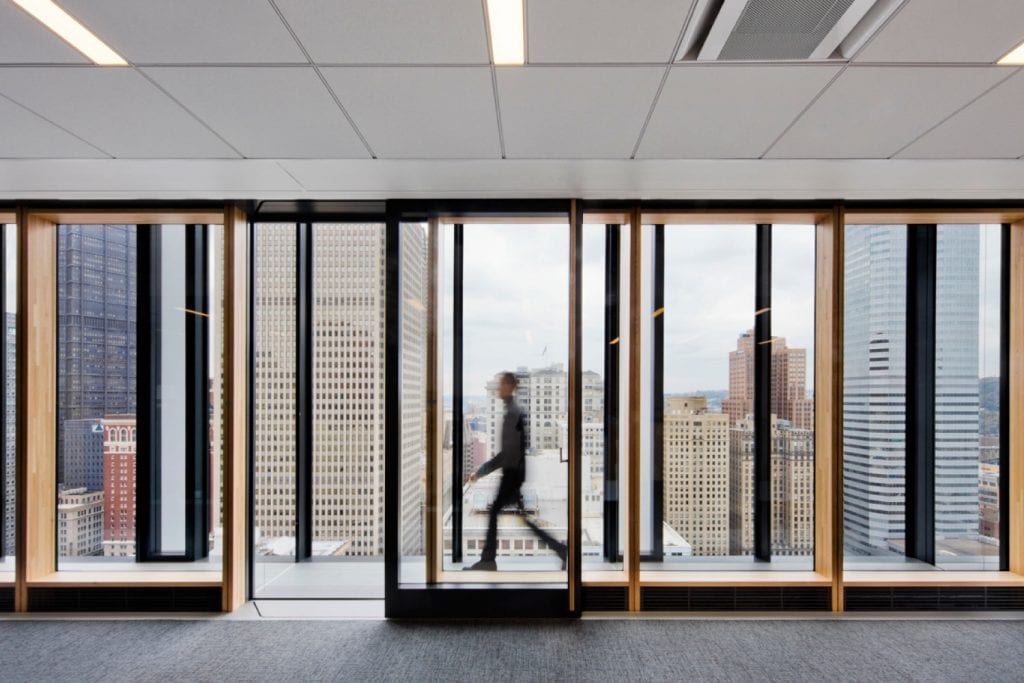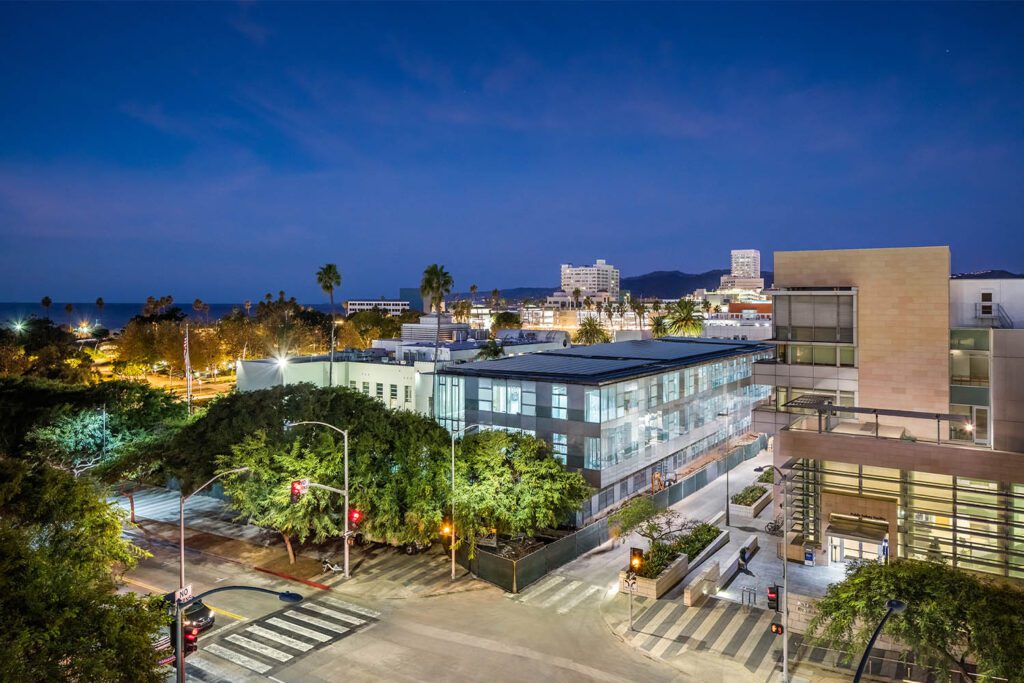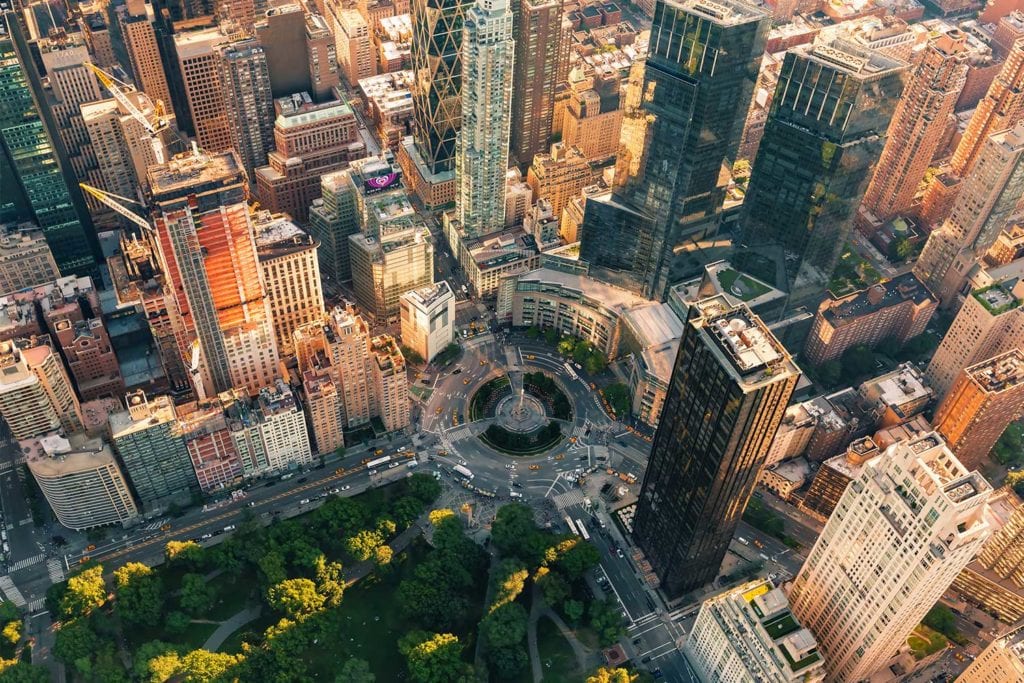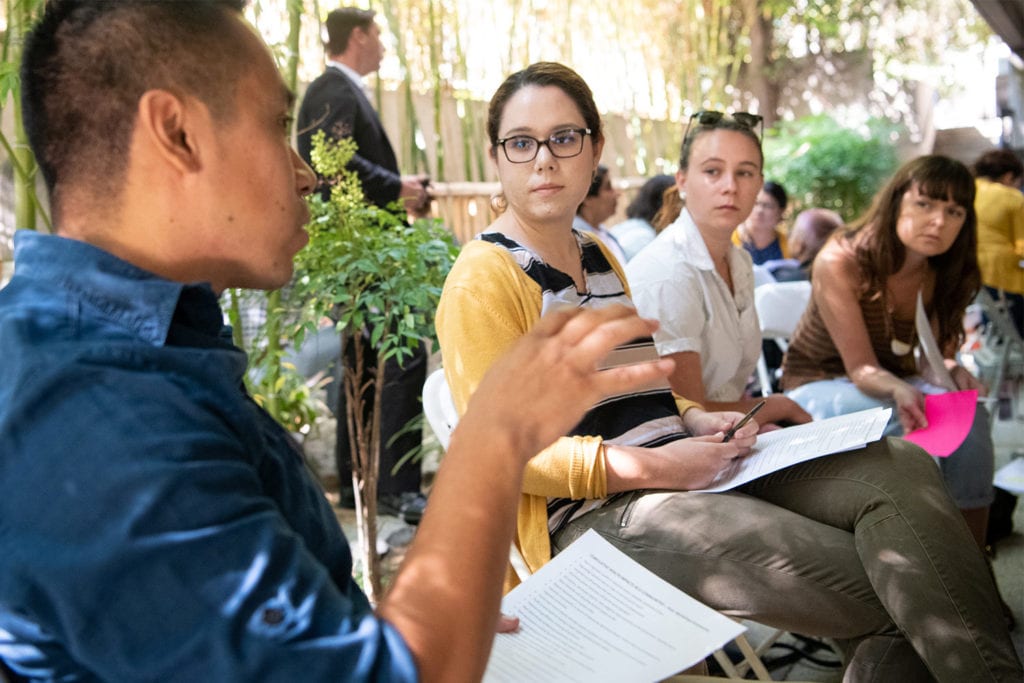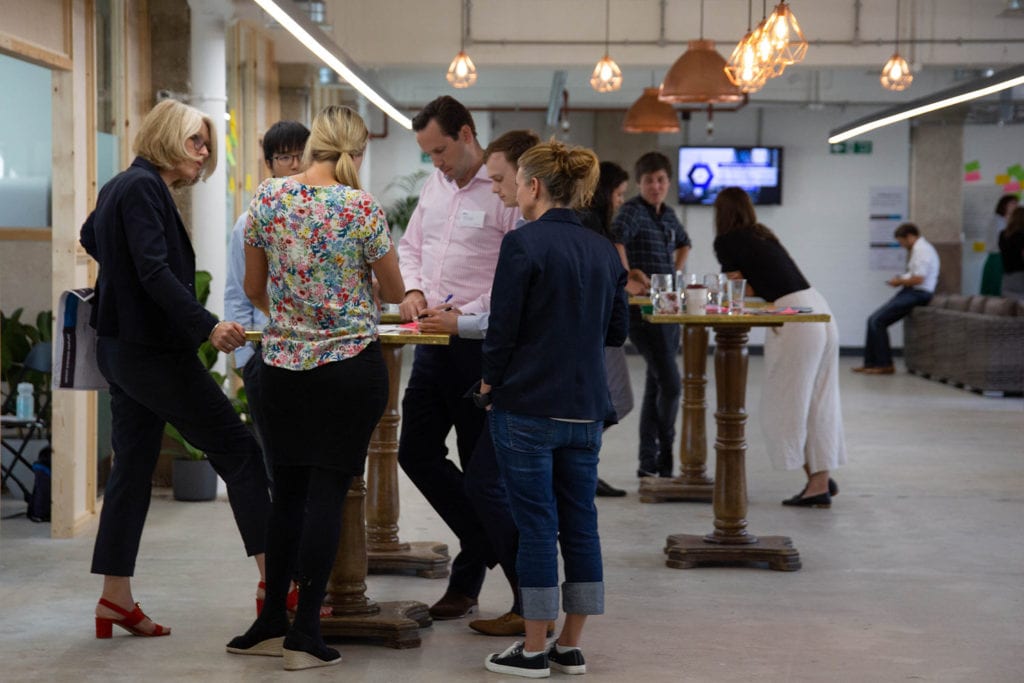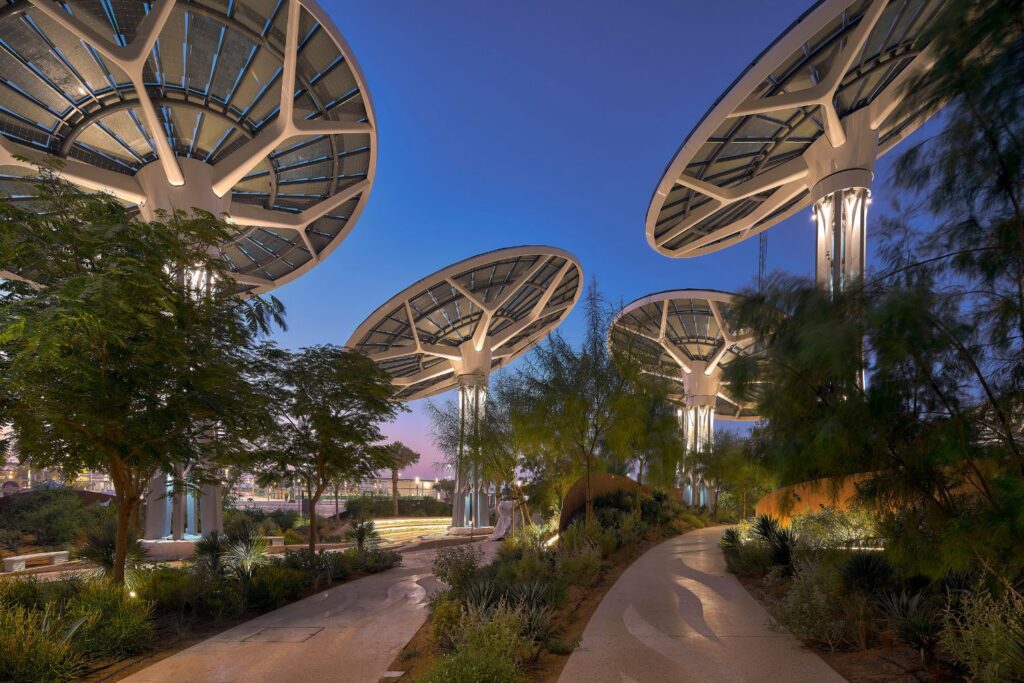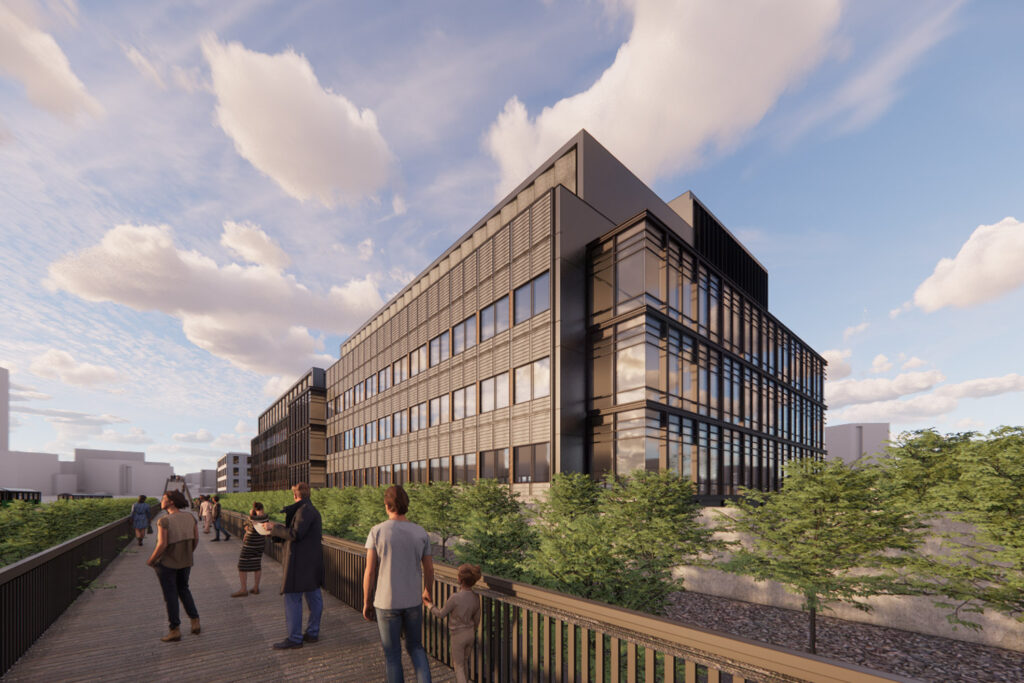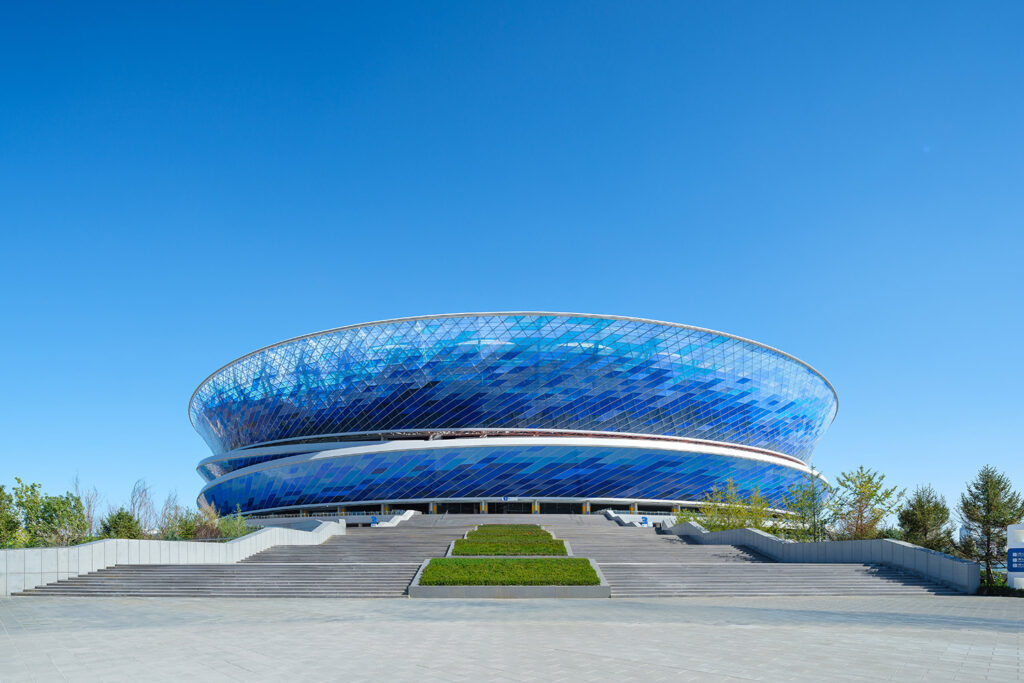We must deliver a green recovery that is healthy, sustainable and fair
As we look towards life beyond the Covid-19 pandemic, Buro Happold is defining what role our practice – and the construction industry – will play in a green recovery for all.
Stopping to think – what do we really value?
Now, more than ever, we are aware of our relationships with both our local communities and the wider global systems in which we sit. Our reliance on our fellow citizens, nearby green spaces, local shops and healthcare services has never felt more pronounced. Simultaneously, our interconnectedness with global systems, supply chains, infrastructure and politics has been exposed.

During this global lockdown, we have seen huge pressure applied to healthcare and community services while mutual aid groups step in where state systems prove inadequate. The world has been compelled to adapt at an extraordinary pace that now leaves us facing many conflicts: between social distancing and community invigoration; between supercharged economic recovery and climate action; between a return to business as usual and the opportunity to usher in a new era of social and environmental justice.
The pandemic has forced governments, companies and communities onto an emergency footing that demands a reassessment of leadership, communication, knowledge sharing and planning. Differing experiences of Covid-19 responses across the world may have exacerbated our faith in democratic processes but one positive lesson from this daunting experience is how agile, considerate and resilient we really can be.
One positive lesson from this daunting experience is how agile, considerate and resilient we really can be
While Covid-19 is arguably one face of the broader ecological emergency and the response to it has demonstrated that fundamental societal changes can be rapidly effected – and accepted – on a massive scale, we must not be persuaded that decisive climate action should be pushed down the agenda as economic recovery is given precedence. Over the preceding decades, we have stored up many wider issues – including education development, mental health issues and inequality – alongside the climate and biodiversity crises. To address these concerns meaningfully as part of a green recovery we must ask ourselves, what does economic success look like?
What does economic success look like?
The built environment has a huge role to play in transitioning to a thriving economy that facilitates equitable distribution of resources within planetary limits. By accelerating existing initiatives – such as mass retrofit schemes, community-owned renewable energy production, and projects to reverse biodiversity loss and ensure food security – we can make huge strides towards tackling social injustices, such as unemployment, and environmental threats, such as carbon emissions.
We are aware that strong, well-crafted environmental regulations can create jobs and enable innovation while promoting the sharing and development of skills and knowledge. We also know that city-wide climate action can deliver enormous health and economic benefits. For example, a comprehensive programme of clean transport, clean buildings and industry underpinned by a zero-carbon grid across 96 C40 cities can reduce carbon emissions by 87%. This will also lead to a 49% drop in PM2.5 particulate matter, avert 223,000 premature deaths and release up to $500 billion economic value [1].
Research by Buro Happold and University College London (UCL) for C40 Cities [2] has identified the multiple benefits of building retrofit, which includes lower operating costs, energy and carbon reduction, and improved health, wellbeing and productivity for occupants. Three pilot cities – New York, Milan and Copenhagen – have used our methodology and toolkit to appraise retrofit programmes such as offices, schools and residential. The conclusion reached was that deep levels of carbon reduction – around 50% – payback across the lifetime of the project when these co-benefits are counted and valued.
Leading voices, including the UK Committee on Climate Change and Oxford University [3, 4], provide strong supporting evidence that investment in a green, socially just transition makes sound economic sense. If we all commit to a green recovery then we can deliver simultaneous social, economic and environmental good. So, what needs to happen?
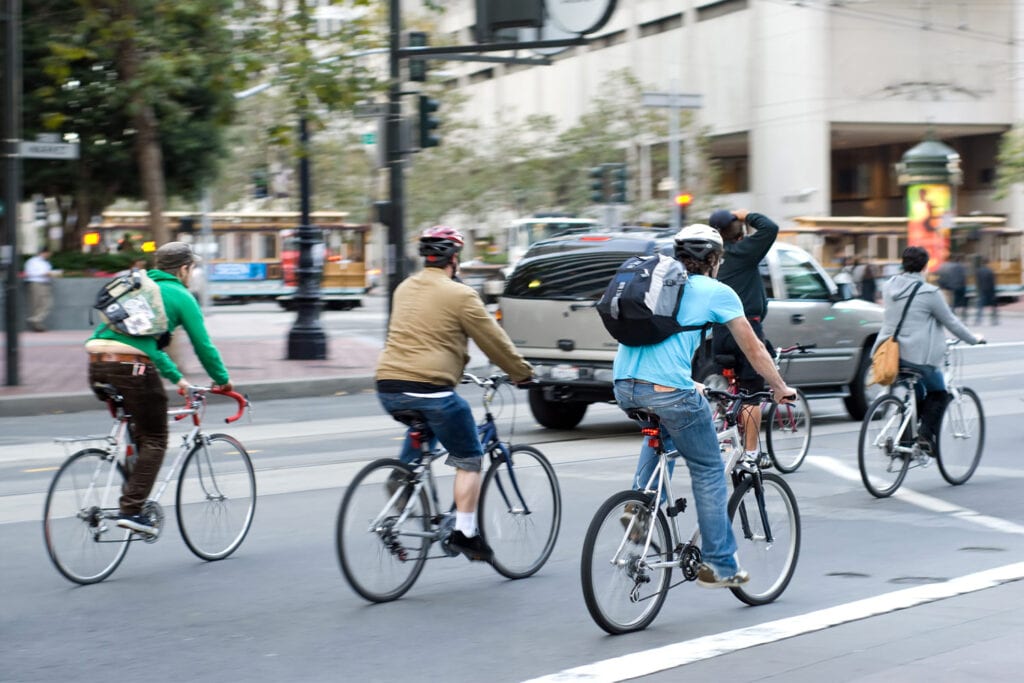
What needs to happen?
First, we need to establish the principles of green recovery before shaping them into public policy and corporate strategy. Mayors and city leaders – including those representing Los Angeles, Boston, Chicago, New York City, London, Paris, Copenhagen and Hong Kong – make it clear that recovery should not be a return to the world on track for a catastrophic 3°C or more of overheating.
The recovery must be guided by public health and scientific expertise, address issues of social equity, and improve the resilience of our cities and communities
The recovery must be guided by public health and scientific expertise, address issues of social equity, and improve the resilience of our cities and communities. Investments should be made to protect against threats – including the climate crisis – and support people affected by climate and health risks. Climate action can help to ensure a socially and environmentally just economic recovery through investment in new technologies and deployment of proven solutions. Focused nurturing of jobs, industries and communities will drive wider benefits for residents, workers, students, businesses and visitors.
Secondly, we must identify opportunities in every sector, geography and city. This is not only confined to matters of public policy but also of great relevance to the private sector. More than 150 multinationals from 34 sectors – with a total market capitalisation of $2.4 trillion – called for Covid-19 aid to be aligned with climate goals in a campaign backed by the United Nations. The International Monetary Fund has also endorsed a green recovery [5].
Businesses and institutions ranging from commercial property to higher education, science and technology, arts, culture, sport and entertainment have declared a climate and biodiversity emergency. Committed to specific actions and targets, they have developed strategies aligned with the UN Sustainable Development Goals. The combined action across public, private and third sectors can build and maintain momentum while reimagining how we shape our buildings, cities and public spaces. In doing so, we will create healthy, safe and thriving places that address short-term needs and set us on the right course for the future.
We must share learning and drive change to expedite action at scale
Thirdly, we must share learning and drive change to expedite action at scale. In 2019, Buro Happold led the charge in signing up to a series of “engineers declare” climate and biodiversity emergency commitments; this catalysed more than 300 such commitments from other organisations. We must double the rate of action on climate change and ensure that 70% of actions in the built environment are at city-wide scale to meet the requirements of the Paris Agreement. This requires collective effort, advocacy for faster industry change towards regenerative design practices and evaluation of all new projects against the aspiration to positively mitigate climate breakdown.
What future will we choose?
All around the world there are examples of healthy, thriving, sustainable cities delivering tangible benefits. At municipal level, LA County worked with Buro Happold to develop an ambitious sustainability plan; the 50,200ft2 Santa Monica City Services Building will meet the world’s most rigorous criteria for sustainability, resiliency and long-term cost-effectiveness. To meet Living Building Challenge criteria, the building must offer “regenerative spaces that connect occupants to light, air, food, nature, and community.” It also has to be self-sufficient and remain within the resource limits of its site, producing more energy than is used while collecting and treating water and “creating a positive impact on the human and natural systems that interact with them.”

Developers see the commercial advantages, too. At the International Quarter London, Buro Happold has helped Lendlease to bring forward a comprehensive sustainability and wellbeing strategy for the public realm and a speculative commercial office development. In meeting the very highest standards of sustainability, the building had to be resilient in adapting to emerging environmental, social and technological trends to deliver enduring value to tenants and landlords alike. The building has achieved BREEAM Outstanding certification and forms part of a ground-breaking project with occupant health and wellbeing central to placemaking that attracts and retains key talent. This project demonstrates how an expansive approach allows ambitious social, economic and environmental objectives to be met together.
Existing campus and portfolio owners – including universities, tech companies and real estate investment trusts – are also revising their plans to deliver net zero carbon, in some cases by 2030. At the same time, they are seeking to enhance value by addressing new workplace and learning trends, deal with technological disruption and recognise the need for buildings to be resilient to climate change while delivering exceptional environments for their occupants. They are developing strategies to promote a circular economy and maximise local social value [6].
We must take steps to ensure that everyone benefits from a green recovery that is healthy, sustainable and fair
Buro Happold can help to bring forth an equitable and green recovery. We will move forward with our collaborators to reshape our industry for the better. We know that it is impossible to tackle climate change and wider social and environmental challenges without addressing cities and the built environment. Consequently, as we move from a public health emergency to social and economic flourishing, we must take steps to ensure that everyone benefits from a green recovery that is healthy, sustainable and fair.
References
[1] https://www.burohappold.com/news/toward-a-healthier-world-air-quality-report-published/
[4] https://www.smithschool.ox.ac.uk/publications/wpapers/workingpaper20-02.pdf
Written by
Duncan Price and Denzil Gallagher
Additional contributors
Craig Schwitter, Adam Friedberg, Julie Janiski, Heidi Creighton, Lawrie Robertson and our Green Recovery Task Force
